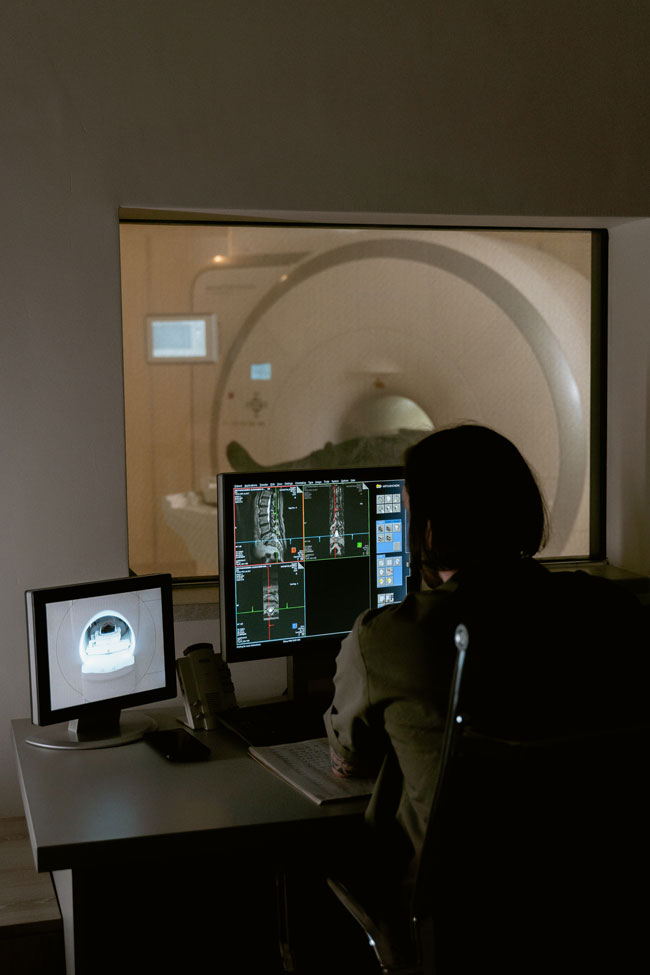
Unfortunately, low back pain is a common clinical condition which causes a significant amount of pain and discomfort.
It is debilitating and can cause significant financial stress for the patient and their family. It is estimated that more than 80% of adults have experienced back pain at some point in time. Of these, 10% have a significant disability as a result. Lower back pain and osteoarthritis now rank second only to cancer as a leading cause of disease burden in Australia.
It is also rated as a significant cause of absence from work and loss of productivity. The condition has a significant burden on healthcare budgets, resources and health workers. Low back pain also results in a lot of personal distress. This is due to its impact on families. As such, it can also have significant psychosocial impact.
The majority of lower back pain result from wear and tear of the spine, injury or degeneration of the supporting structures. The known risk factors and causes for wear and tear in the spine include:
There are multiple known “pain generators” within the spine. These include:
More sinister causes of back pain include infections, fractures or malignancies of the spine.
 Lower Back Pain Symptoms
Lower Back Pain SymptomsThe presenting complaint of such problem can range from being a focused pain at a particular spot or one that spans across the whole of the low back.
It is advisable to seek medical attention when low back pain is accompanied with:
In addition, if there are symptoms associated to a change in control of the bowel or bladder it requires an emergent medical opinion.
The majority of back pain is of an acute nature where the onset is sudden. It will usually resolve itself with rest over a short period of time. The more debilitating low back pain is the chronic variety where the patient can be affected for longer durations of time. They experience repeated flare ups, which results in a significant impairment of function.
The diagnosis of possible causes of back pain includes getting good history of the disease in the patient. This is correlated with the findings of a clinical examination and any relevant tests.
Testing may include x-rays, CT scans and MRI scans. X-rays may need to be dynamic, whereby the spine is examined in various positions of movement. The MRI scan is the one radiological test that provides the most amount of information to assist making a diagnosis of the cause of low back pain.
The vast majority of low back pain is treated conservatively. Upon diagnosis, a comprehensive treatment plan which will put in place. This will enlist the support of your general practitioner and physiotherapist.
If you have any factors that increase the chance of back pain, guidance will be given to you to make lifestyle modifications. These factors could include (but are not limited to) poor posture, being a smoker or carrying excessive weight etc. Making modifications to your lifestyle will help improve your condition. It will also reduce the chance of having further recurrences of pain symptoms.
Surgery may be discussed as an option in the following situations:
Click here to return to the spine conditions page.
To make an appointment with one of our neurosurgeons, please call 03 9329 4761.